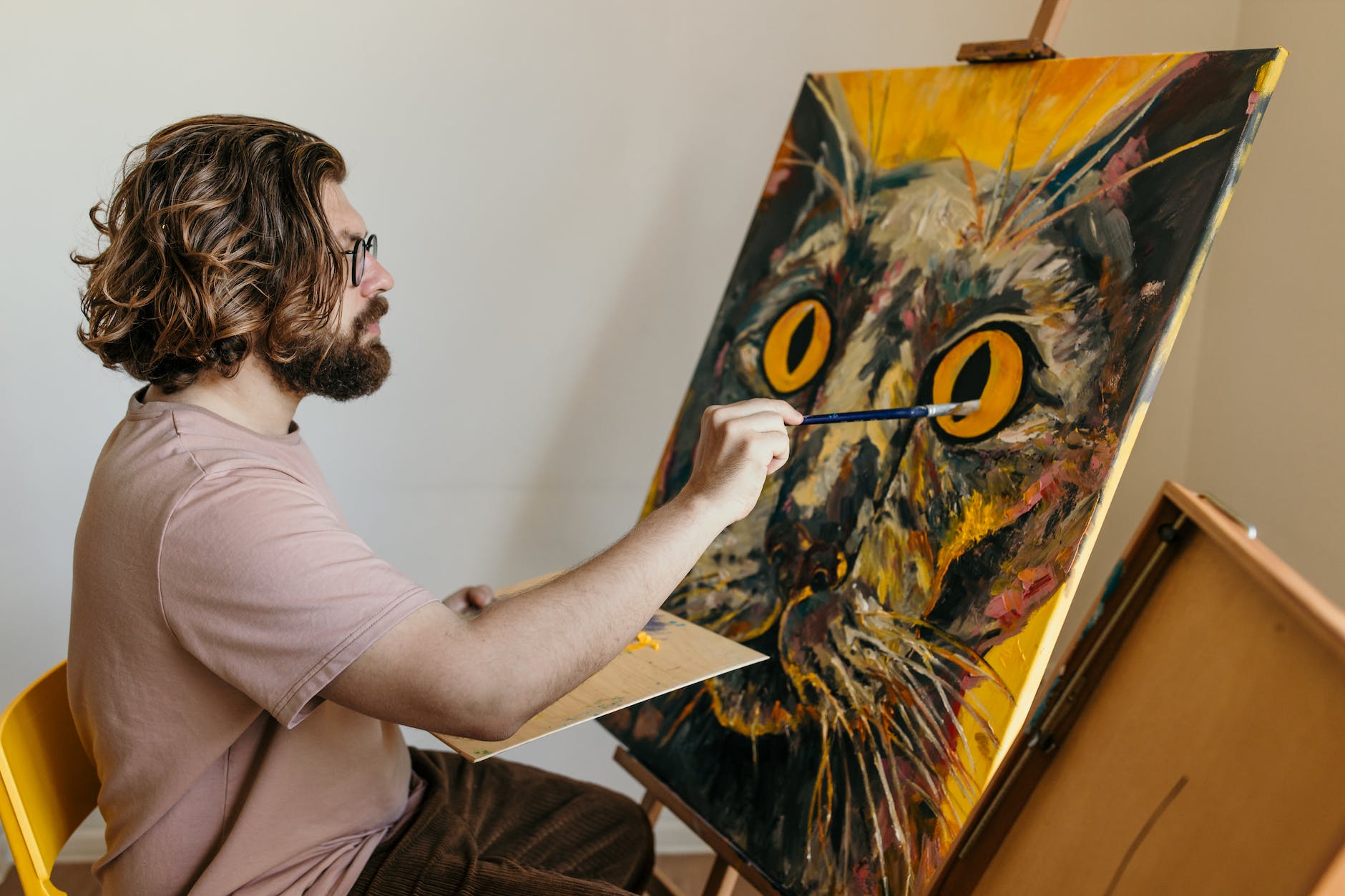Once largely dismissed as a relic of the free-spirited 1960s counter-culture, psychedelics are experiencing a major comeback. Seen as essential tools by artists, scientists, and psychonauts alike, these powerful substances are being recognized for their therapeutic potential, transformative experiences, and a source of contemporary artistry to the extent that we are now in what’s being called a ‘Psychedelic Renaissance’. This resurgence is characterized by a dramatic increase in research studies, legal reform, and shifts in societal attitudes towards the use of these previously maligned substances.
Microdosing, once the secret habit of Silicon Valley entrepreneurs looking for a creative edge, has become increasingly mainstream. High-profile experts such as Dr. James Fadiman have extensively chronicled its benefits, detailing how minuscule, almost imperceptible doses of substances like LSD and psilocybin (the active ingredient in ‘magic mushrooms’) can boost creativity, reduce anxiety, and improve mood. Perhaps surprisingly, the practice of microdosing is being adopted even by traditionally conservative sectors, and serious money is being poured into associated research.
Tim Ferriss, entrepreneur and bestselling author, has dubbed psychedelics the “next billion-dollar business,” pointing to the surge of psychedelic research into their potential medical benefits. Organizations like MAPS (Multidisciplinary Association for Psychedelic Studies) are leading the way, conducting clinical trials using substances including psilocybin, MDMA, and ayahuasca for conditions such as PTSD, depression, and anxiety, often with stunning results.
Also leading the charge are cutting-edge institutions like Imperial College’s Centre for Psychedelic Research and Johns Hopkins Psychedelic Research Unit. This burgeon in research activity is not only highlighting the therapeutic potential of these substances but is also enabling us to better understand how they work on a neurochemical level, sparking fascinating revelations about consciousness and cognition.
However, this Psychedelic Renaissance is not confined to the laboratory. A rising community of psychonauts are self-experimenting with these substances in search of personal transformation and spiritual growth. Supported by a growing network of psychedelic integration therapists, who provide guidance on how to interpret and integrate the often profound experiences, these individuals advocate for the positive benefits of mindful and respectful use of these powerful tools.
Simultaneously, there is significant momentum towards legalization or decriminalization of these substances. Campaigners, including the team behind Denver’s successful initiative to decriminalize psilocybin and California’s current efforts, argue this is not just a matter of personal freedom but also has potential public health benefits. For instance, the early results of the Portuguese experiment, which saw the decriminalization of all drugs in 2001, suggest a reduction in drug-related harm and an increase in those seeking treatment.
Finally, it appears that the creative world is also caught in the throes of this renaissance. Contemporary artists, writers, and filmmakers are increasingly exploring the imagery, ideas, and personal transformations arising from psychedelic experiences, pushing the boundaries of expression and sensory immersion. This influence can be discerned in many cutting-edge productions, providing further evidence of how deep and wide-ranging this renaissance is.
This Psychedelic Renaissance is a complex and multifaceted phenomenon, characterized by intensifying research, changing societal perceptions, increasing legalization efforts, and burgeoning creativity. Fundamental to all these facets is the shared exploration of consciousness and our shared human condition, facilitated by these ancient, and only recently re-appreciated, tools.
Undoubtedly, the once-vilified world of psychedelics has transformed into a promising and exciting field both in healing and in self-discovery. Thus, the Psychedelic Renaissance is something to follow closely, not just for the promise of new treatment paradigms and transformative experiences, but for the potential insights about human cognition, creativity, and society.





